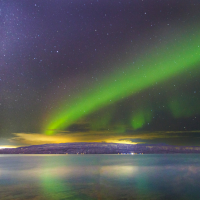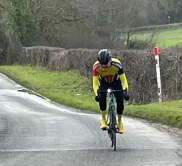La Vuelta 2022 - Stage 19:- Talavera de la Reina - Talavera de la Reina, 138.3km ***Spoiler***

Friday, September 9, 2022
Start Time 13-55CET.
This 138.3 kilometre stage from Talavera de la Reina in the medium mountains is one where the break is likely to succeed. This stage is the shortest of the race. Both laps are identical and feature the Puerto de Piélago, starting from San Román de los Montes. The entire section from the top to stage 17’s focal point is 32 kilometres long.

With this stage, La Vuelta enters the Castile–La Mancha region. The city straddles both banks of the Tagus, the longest river on the Iberian pennisula, which the stage crosses during both laps.

The Climb.
Puerto de Piélago is an ascent of 19 kilometres with an average gradient of 4.1%, but contains a downhill section.

Final Kms.
The riders crest the Puerto de Piélago at just a little over 40km from the finish line this time. On the last circuit there is a slightly longer run south creating a relatively flat section for the last 10km of chasing to the line to unfold.

What to Expect.
The most likely scenario is that the peloton will enforce an unofficial rest day and allow the rouleur heavy breakaway to fight it out, probably minutes ahead.
Talavera de la Reina
Population 83,663
Talavera de la Reina is one of La Mancha’s most important cities, and one of the Province of Toledo’s most populated. It is famous all over the country for its historical significance during the Middle Ages, which is precisely how far back its globally-renowned pottery tradition extends. Declared the City of Pottery, the Province of Toledo has an entire industry and culture surrounding this art, which is truly at its finest in Talavera de la Reina.

Although the city straddles both banks of the Tagus, few kilometres downstream from the junction of the former with the Alberche, most of the urbanisation concentrates on the right (northern) bank. There are two islands in the center of the city called Isla Grande and Chamelo Island. Three bridges cross the Tagus in Talavera.
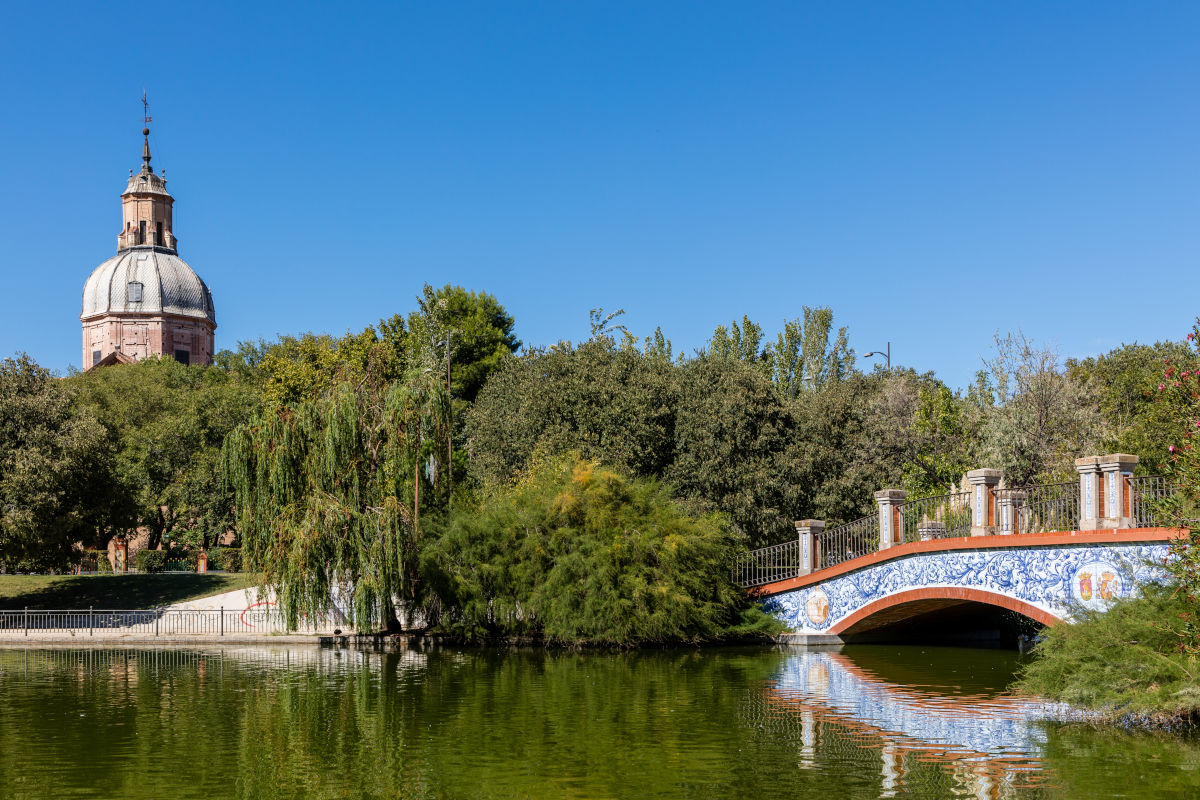
Castilla la Mancha cuisine
Just a few tomatoes, green and red peppers, and some zucchini are enough to make a dish that has achieved national status: the Pisto manchego. Sometimes they add onions, ham, fried eggs, pickled tuna … when you add black olives, It’s called moje manchego.
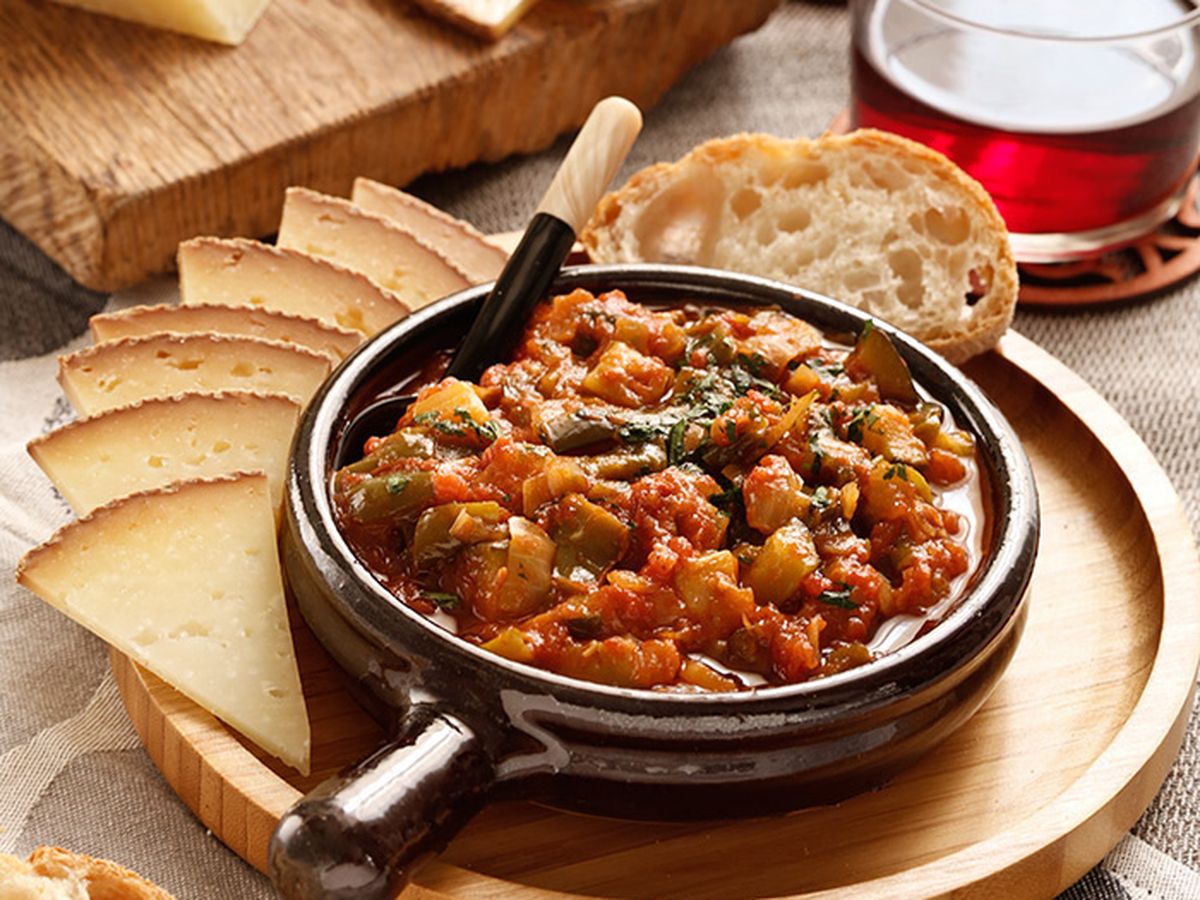
El Salpicon – Slow-cooked veal which is minced and mixed with onion, tomato, garlic, parsley and pepper.

El Asadillo – roasted red peppers cut into pieces, dressed with garlic, tomato, and oil.
La Mancha flowers- shaped sweets and flakes with honey.
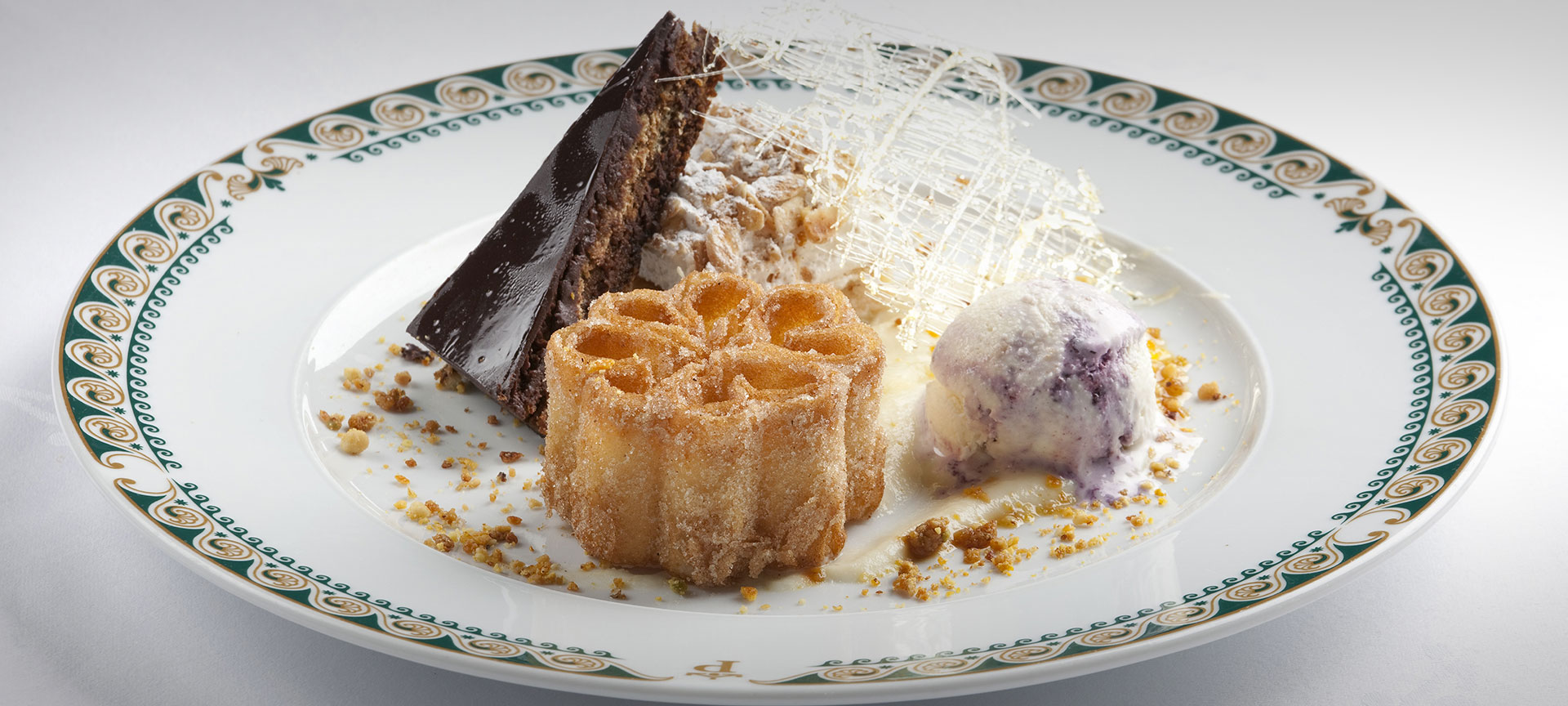
The Wines, Recognized Quality Pagos (similar to French Chateaux) and eight Appellations of Origin: Almansa, Jumilla, La Mancha, Manchuela, Méntrida, Mondejar, Ribera del Júcar and Valdepeñas protect the excellence of our best wine. White varieties are most cultivated, especially Airen. Among the red varieties, the “cencibel or Tempranillo” is one of the most appreciated. Currently, the regional government is promoting a regional vineyard reorganization introducing new red varieties such as Cabernet Sauvignon, merlot, syrah and petit verdot.

Comments
-
Apologies for my tardiness, but the event's of yesterday evening got me sidetracked.
"Science is a tool for cheaters". An anonymous French PE teacher.2 -
I think it's a disgrace they are going ahead. Bloody foreigners need to show some respect!0
-
Gives people something to watch while “mourning”.The above may be fact, or fiction, I may be serious, I may be jesting.
I am not sure. You have no chance.Veronese68 wrote:PB is the most sensible person on here.1 -
I need time off work so that I can mourn in front of the TV1
-
The funeral march on the start line would help, I'd say.Pross said:I need time off work so that I can mourn in front of the TV
0 -
Talking of funeral processions, today’s stage in shaping up to be a low key affair.
3 man break being chased by Craddock."Science is a tool for cheaters". An anonymous French PE teacher.0 -
Where's the coverage ?"If I was a 38 year old man, I definitely wouldn't be riding a bright yellow bike with Hello Kitty disc wheels, put it that way. What we're witnessing here is the world's most high profile mid-life crisis" Afx237vi Mon Jul 20, 2009 2:43 pm0
-
We are in La Mancha, have there been any references from Carlton about tilting at windmills or impossible dreams? If not I'm very disappointed in him.0
-
Oh dear, Roglic has come out and totally blamed Fred Wright for causing him to crash.
Fair play to Robbie McEwen. In typical Aussie fashion he’s responded by saying that Roglic totally caused Roglic’s crash and the he should STFU."Science is a tool for cheaters". An anonymous French PE teacher.2 -
Yeah, utterly ridiculous. I could understand if he had said it in the heat of the moment immediately afterwards but surely he has seen the footage. Apparently there were already nutters on social media giving Wright grief for it.1
-
It's crazy - he wanted to get back into this line, but just because you fail to barge your way in doesn't make it someone else's fault.

2 -
A bunch sprint stage it is. Yawn."Science is a tool for cheaters". An anonymous French PE teacher.0
-
"Muhlberger guiding Mas over the top" on the final climb to keep the KoM competition alive apparently. Good old Carlton, surely if that was the case Mas would have crossed the line ahead of his team mate to gain additional points? He really is an idiot - at least someone has managed to get him to tone down a bit today, maybe we need the death a head of state more regulalry to keep him in check.1
-
We're now in name every rider as a possible winner. It's looking highly likely it will be a reduced bunch sprint and he's talking about Rohan Dennis going for a sneaky one. McEwen is starting to sound exasperated.0
-
Rob Hatch is on the other stream.Pross said:We're now in name every rider as a possible winner. It's looking highly likely it will be a reduced bunch sprint and he's talking about Rohan Dennis going for a sneaky one. McEwen is starting to sound exasperated.
 "Science is a tool for cheaters". An anonymous French PE teacher.0
"Science is a tool for cheaters". An anonymous French PE teacher.0 -
Weird words from roglic ."If I was a 38 year old man, I definitely wouldn't be riding a bright yellow bike with Hello Kitty disc wheels, put it that way. What we're witnessing here is the world's most high profile mid-life crisis" Afx237vi Mon Jul 20, 2009 2:43 pm0
-
He's now on his favourite subject of roundabouts. They're not exactly challenging, very wide and slack. If I tried to design one with that limited amount of deflection the 'town planners' would kick it out and make me do it again.0
-
Sean has joined in with teh exasperation - 3 weeks having to work alongside him must be incredibly challenging.0
-
It's over"If I was a 38 year old man, I definitely wouldn't be riding a bright yellow bike with Hello Kitty disc wheels, put it that way. What we're witnessing here is the world's most high profile mid-life crisis" Afx237vi Mon Jul 20, 2009 2:43 pm0
-
Fred came close"If I was a 38 year old man, I definitely wouldn't be riding a bright yellow bike with Hello Kitty disc wheels, put it that way. What we're witnessing here is the world's most high profile mid-life crisis" Afx237vi Mon Jul 20, 2009 2:43 pm0
-
Pederson takes it quite easily, Wright was coming through well but didn't have the pace. He must be due a win soon.0
-
Ped pips Fred in the dullest medium mountain stage imaginable."Science is a tool for cheaters". An anonymous French PE teacher.0
-
I think they are very tired ... yesterday was mad hard and the parcours just wasn't for the GC"If I was a 38 year old man, I definitely wouldn't be riding a bright yellow bike with Hello Kitty disc wheels, put it that way. What we're witnessing here is the world's most high profile mid-life crisis" Afx237vi Mon Jul 20, 2009 2:43 pm0
-
Turner was coming through well but got shut down against the barriers by Vermeersch drifting across. I thought CK was being his usual self when tipping Turner on a few sprint stages, didn't realise he had a bit of a kick.0
-
Pedersen has some big shoulders if Teunissen was on his shoulder.0
-
Very disappointing lack of Don Quixote / Man From La Mancha puns today. I was expecting to here "Is [insert random rider] dreaming the impossible dream or is he just tilting at windmills". It's a sad thing when even Mr Pun himself seems to have given up on the race.0
-
Eurosport have capped Kirby's puns at 2,500 per season, so he's just run out of gas.Pross said:Very disappointing lack of Don Quixote / Man From La Mancha puns today. I was expecting to here "Is [insert random rider] dreaming the impossible dream or is he just tilting at windmills". It's a sad thing when even Mr Pun himself seems to have given up on the race.
 "Science is a tool for cheaters". An anonymous French PE teacher.0
"Science is a tool for cheaters". An anonymous French PE teacher.0 -
So to speak (or some other nonsensical filler phrase)blazing_saddles said:
Eurosport have capped Kirby's puns at 2,500 per season, so he's just run out of gas.Pross said:Very disappointing lack of Don Quixote / Man From La Mancha puns today. I was expecting to here "Is [insert random rider] dreaming the impossible dream or is he just tilting at windmills". It's a sad thing when even Mr Pun himself seems to have given up on the race.
 0
0
